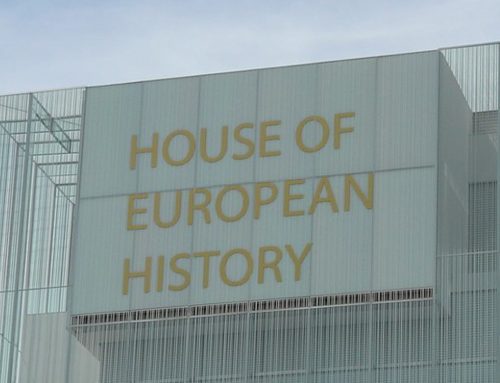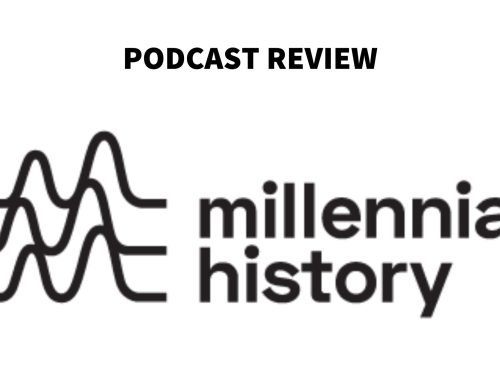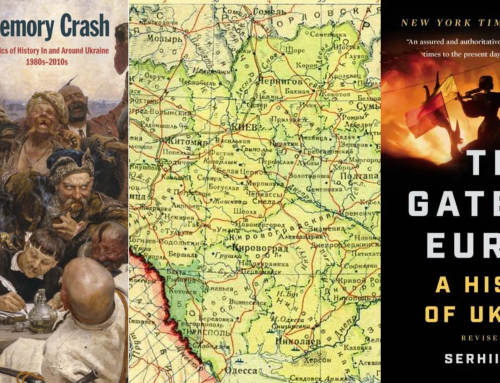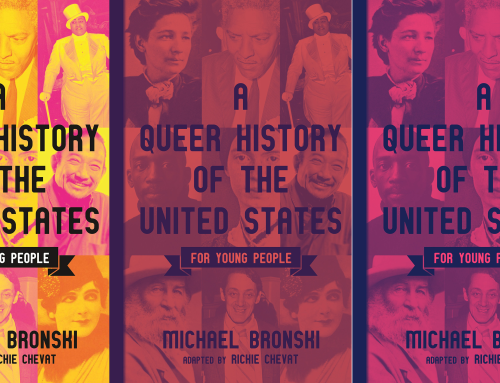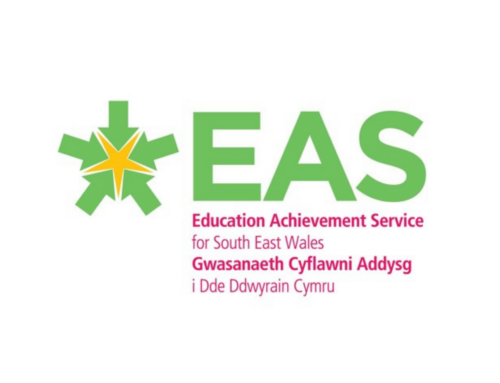August 2019 marked the 400th anniversary of the first arrival of enslaved Africans on the shores of nowadays United States (US). In order to shed light on the immense importance of this occurrence, the New York Times (NYT) produced an issue of their magazine about the event and its aftermath, the 1619 Project. The magazine consisted of more than 100 pages and was accompanied with a podcast, curriculum and live events. The 1619 Project received a lot of attention from politicians, educators, and opinion makers. They all underlined the importance of this issue, as it acknowledged the horrifying past of slavery and the continuing consequences for African Americans in 2019. While the US examines its past of racism, segregation, and white supremacy, Europe seems to ignore this history and continue to embrace their empire building endeavors. In this blog post, the 1619 Project will be reviewed to inspire and encourage European history educators to teach about the transatlantic slave trade and its lasting impact. Hence, this blog will emphasize Europe’s role in the transatlantic slavery and include a call to decolonize ourselves.
The first essay of the 100-page magazine elaborates on the history behind the kidnapped Africans who arrived in the Virginia Colony in August 1619. It were 20 captured Africans who arrived in a port near Jamestown in the English colony Virginia (Elliot and Hughes). They were initially on a Portuguese slave ship enroute to the Spanish colony, nowadays known as, Mexico. However, the ship was seized by two English pirate ships. The ships eventually stranded in the Virginia Colony. The English captain possessed a letter of marque from the Dutch prince Maurits, which gave private armed ships legal authorization from a government to attack a ship from a country that they were at war with. The Dutch Republic was at war with the Portuguese at that moment, due to conflicting interests in the global trade routes. It was a Portuguese slave ship that brought enslaved Africans to a Spanish colony because of an agreement issued by the Roman Catholic Church. The Treaty of Tordesillas granted Spain access to all the land 1,185 miles west of the Cape Verde Islands, while Portugal was free to exploit the land east of that line. This meant that enslaved people were forcibly transported to the Spanish colonies through an Asiento; a contract that ensured the supply of enslaved people to the Spanish colonies. Other European countries, like Denmark, the Netherlands, France, and England, wanted to secure the Asiento for their own profits (Elliot and Hughes). The introductory essay already mentioned seven European countries which were one way or another involved in the arrival of abducted Africans on the shores of the Virginia Colony in 1619. Thus, this is not only an American or British history, this is a very European story as many European countries “fought to control the resources of the emerging transatlantic world and worked together to facilitate the dislocation of the indigenous peoples of Africa and Americas” (Guasco).
The NYT attempted to cover 400 years US history with its impressive and visually attractive 1619 Project. The essays are chronologically ordered: it starts with the Virginia Colony, then goes on to cover the reality of plantation slavery, along with an explanation of the attempts to scientifically proof white supremacy, and an examination of political investments in keeping the southern states included in the Union at the expense of the enslaved. However, the essays do not stop with the abolition of slavery in 1865. More essays follow to indicate how the history of slavery determines much of the furture. A good example of this is the essay by Bryan Stevenson about the undeniably continuation of exploitation of black people through the privatization of prisons. Another one is the essay from Nikita Steward that mentioned a widespread slavery illiteracy among students, as textbooks dedicate a minimal amount of pages on the history of slavery. Along with the publication of he magazine, therefore, is also a curriculum for teachers to teach the history of slavery adequately. The Pulitzer Center offers ready-made lessons plans based on the material offered by the NYT, with guiding questions and additional student-centered activities. Besides, there is now a podcast called 1619 to dive deeper into certain topics.
As outlined in the introduction, August 1619 is not -at all- solely a 400th anniversary for the US, but also something to commemorate in European countries. The history of the transatlantic slavery left deep scares in the US society, because the plantations existed on its soil. European countries, on the other hand, built plantations overseas. This is often used as a reason why supposedly racism is more present in the US than in Europe. However, Jensen refuted this idea altogether by claiming that physical possessions of overseas territories is not even required in constructing racist notions about non-white people. Thus white supremacy thinking, that allowed for black people to be exploited as slaves, is present in the US and Europe as well. Furthermore, many European countries deal with the same issue as the US: a racial wealth gap (OECD). Education is supposed to be a force for social mobility but it seems to reproduce and reinforce existing social divisions (OECD 17). School can be a traumatic experience for students of color, as their cultural heritage and practices are not acknowledged rather ridiculed (De Vries; Akala). The 1619 Project attempted to fill in gaps in the national curriculum regarding the history of slavery and its legacy in the US. It provided teachers with material to educate themselves, along with ideas for classroom discussions on current-day racism.
Nevertheless, there is also criticism on the material as it focuses on 1619 as the magic year in which slavery entered the Americas, while enslaved black people arrived on the shores of the Americas before, for instance in the West Indies. Another criticism is the focus on the victimization of black people, rather than celebrating accomplishments that were achieved despite this horrifying history.
Thus the lesson for European educators is to see the transatlantic slavery as European history which still has a profound effect on our society today. Thus, the 1619 project gives European educators ideas and content that they can use in the classroom to teach about this sensitive issue in our history. When teaching the transatlantic slave trade, however, we need to make sure that the focus is not solely on the suffering of black people but also celebrates their accomplishments.
An example of a lesson that celebrates black success while acknowledging the past is this lesson based on the music video Apesh*t from Beyonce Knowles and Jay-Z. Zinn Education Project is a good resource for educational material about sensitive topics in history, for example how racism became embedded in US laws. Additionally, the Twitter initiative of Val Brown named #cleartheair is also a great resource for thought-provoking readings and conversations about race and equity.
Maayke de Vries
History teacher at International School Almere
PhD Student UCL Institute of Education
www.mizsdafreeze.com
SOURCES
Akala. Natives. Race and Class in the Ruins of Empire. London: Two Roads, 2018.
Elliot, Mary, and Jazmine Hughes. “Four hundred years after enslaved Africans were first brought to Virginia, most Americans still don’t know the full story of slavery” The New York Times Magazine, 14 Augusts, 2019, https://www.nytimes.com/interactive/2019/08/19/magazine/history-slavery-smithsonian.html.
Guasco, Micheal. “The Fallacy of 1619: Rethinking the History of Africans in Early America”, Black Perspectives, 4 September 2017, https://www.aaihs.org/the-fallacy-of-1619-rethinking-the-history-of-africans-in-early-america/
De Vries, Maayke. “A Narrative Inquiry: The Lived School Experiences of Racially Marginalized Students at a Middle School in Norway”. Utrecht University: Master Thesis. DOI:10.13140/RG.2.2.25308.54405
Jensen, L. “Provincalising Scandinavia”. Kult, vol. 7, 2010, p. 7-21.
OECD. “Understanding the Socio-Economic divide in Europe” Centre for Opportunity and Equality, 2017, https://www.oecd.org/els/soc/cope-divide-europe-2017-background-report.pdf





